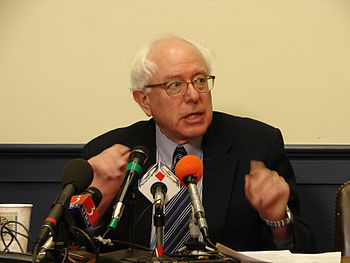
At last, the P5+1 (the US, the UK, Germany, France, Russia and China) have announced an agreement with Iran limiting that country’s nuclear research program. Supporters of the deal proclaim “peace in our time.” Opponents cry “Munich!” Which side should you believe? Neither, really. But the deal’s supporters have the better case.
Here’s what you need to know about the deal:
First, it’s not about peace or war. War with Iran isn’t a viable option for the United States, which would necessarily do the heavy lifting. An air war wouldn’t cow Iran or destroy its nuclear capability. And having lost two ground wars against less populous and less well-armed opponents since 2001, the US is in no shape to undertake a third.
Second, it’s not about Iran’s nuclear weapons program. Why? Because Iran has no nuclear weapons program. The International Atomic Energy Agency has found some discrepancies in Iran’s Non-Proliferation Treaty reporting, but Iran’s religious “supreme leader” has declared development of such weapons a sin against Islam, and western intelligence agencies (including those of the US and Israel) say there’s no evidence of such development.
Since it’s not about war or nuclear proliferation, what is it about? Two things: International trade and US prestige.
Iran boasts huge oil reserves and a population of more than 75 million. They want to trade with other countries. Other countries want to trade with them. Decades of sanctions have left everyone poorer than they ought to be.
US prestige as “leader of the free world” is at stake because at least three of the P5+1 nations — Russia, China and France — will likely make their own deals with Iran even if the US bucks out. The UK and Germany might or might not stick with the US in that event. The choice for the US is to jump to the front of the parade and continue to “lead,” or else to find itself on the sidelines.
So, why the opposition among congresspeople and Republican presidential aspirants? Again, two reasons.
The first is simple power politics. American politicians and Iranian politicians have a lot in common — both groups want to run Iran. American politicians got used to doing so after the CIA overthrew Iran’s government and replaced it with a puppet regime in 1953. They’ve been throwing a temper tantrum ever since Iranians revolted in 1979. The tantrum continues.
The second reason is Israel. The Israelis fear Iranian dominance in the region and want the US to keep a lid on Iran. The Israeli lobby exerts a powerful force on US politics, both because evangelical Christian voters attach religious importance to Israel and because Israeli patrons like billionaire Sheldon Adelson write big checks to politicians who reach for the sky when Benjamin Netanyahu says “jump.”
Neither of these reasons are GOOD reasons. Peace and trade are better than cold war and sanctions. The US is better off running its own foreign policy than subordinating itself to Israel. This deal is good for America.
Thomas L. Knapp is director and senior news analyst at the William Lloyd Garrison Center for Libertarian Advocacy Journalism (thegarrisoncenter.org). He lives and works in north central Florida.
AUDIO VERSION
PUBLICATION/CITATION HISTORY
- “The Iran Deal: What You Need to Know,” by Thomas L. Knapp, Ventura County, California Citizens Journal, 07/17/15
- “The Iran Deal: What You Need to Know,” by Thomas L. Knapp, OpEdNews, 07/17/15
- “The Iran Deal: What You Need to Know,” by Thomas L. Knapp, 07/23/15, South Florida Times, 07/23/15


